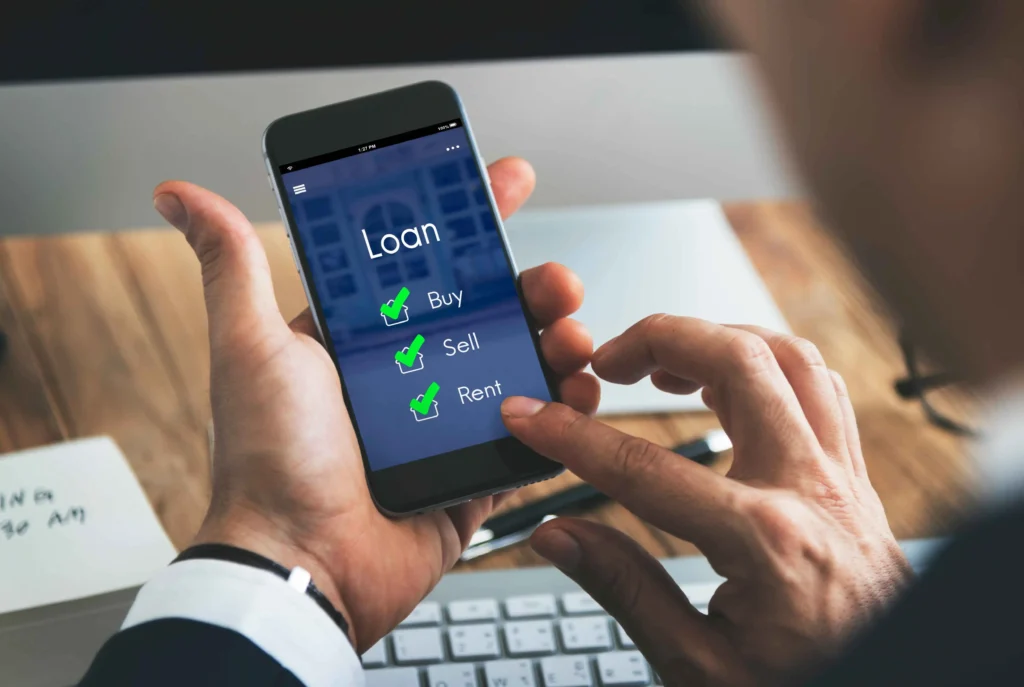
How to Get Approved for a Credit Card with Bad Credit
Getting approved for a credit card when you have bad credit can seem like an uphill battle. However, it’s not impossible. With the right strategies, you can improve your chances of getting a credit card even if your credit score is low. In India, where credit card issuers typically use your credit score to assess eligibility, understanding how to navigate this process can help you secure a card and start rebuilding your credit history.
In this blog post, we will explore how to get approved for a credit card with bad credit and offer some tips to increase your chances of success.
1. Understand Your Credit Score
The first step to improving your chances of approval is understanding your credit score. In India, credit scores are provided by agencies such as CIBIL, Experian, and Equifax. Your credit score typically ranges from 300 to 900, with scores above 750 considered excellent, while scores below 600 are considered poor or bad.
If your score is below 600, it can be difficult to get approved for a standard credit card. However, some card issuers do offer credit cards specifically designed for individuals with lower credit scores, but it’s crucial to understand your exact score and what it means before you apply.
You can request a free credit report once a year from the major credit bureaus. Review the report for any errors or outdated information that might be affecting your score. If you find discrepancies, dispute them with the credit bureau to have them corrected.
2. Consider Applying for a Secured Credit Card
If you have bad credit, one of the easiest ways to get approved for a credit card is by applying for a secured credit card. These cards require you to deposit a certain amount of money with the bank as a security deposit. The credit limit on a secured card typically matches the deposit you make.
How it works: If you deposit ₹20,000 as security, your credit limit will likely be ₹20,000. This deposit acts as collateral in case you miss payments, but it gives the issuer confidence that they will recover their money.
Why it helps: Since secured credit cards are less risky for lenders, they are easier to get approved for, even with bad credit. They also provide an opportunity to improve your credit score by demonstrating responsible credit usage.
Once you show that you can manage the card responsibly by making timely payments, the bank may offer you an upgrade to a regular, unsecured credit card or return your deposit.
3. Look for Cards Specifically Designed for Bad Credit
Some banks and financial institutions offer credit cards for individuals with poor credit. These cards may have lower credit limits and higher interest rates, but they provide an opportunity to rebuild your credit.
Before applying for such cards, make sure to Compare the fees and charges , as cards for bad credit often have higher annual fees.
Look at the interest rates on outstanding balances. Since these rates can be steep, it’s essential to pay off your balances in full every month to avoid accruing high-interest charges.
4. Apply for a Low-Credit Limit Card
If you’re struggling to get approved for a credit card with a bad credit score, try applying for a card with a low credit limit. These cards are easier to qualify for because they present less risk to the issuer.
A lower credit limit will help you keep your spending in check and reduce the temptation to overuse your credit. Additionally, using a low-limit card responsibly will help you gradually improve your credit score, increasing your chances of getting approved for cards with higher limits in the future.
5. Improve Your Credit Score Before Applying
If you have time before you need a credit card, consider taking steps to improve your credit score. A higher score will increase your chances of approval and may help you qualify for better credit card offers.
Steps to Improve Your Credit Score:
A. Pay your bills on time: Timely payments are one of the most important factors in building a good credit history. Pay your credit card bills, loans, and utility bills on time to improve your score.
B. Reduce outstanding debt: Try to pay down your existing debt, especially high-interest debt, to reduce your debt-to-income ratio.
C. Avoid making multiple applications: Applying for too many credit cards or loans in a short period can hurt your credit score. Each application results in a hard inquiry, which can negatively affect your score.
D. Check for errors: Sometimes, credit scores are impacted by errors in your credit report. Make sure all the information is accurate and dispute any discrepancies with the credit bureau.
By improving your credit score, you’ll not only have better chances of approval, but you’ll also be eligible for better credit card terms and lower interest rates.
6. Consider Becoming an Authorized User
If you have a friend or family member with good credit, you might consider asking them to add you as an authorized user on their credit card account. As an authorized user, you can use their credit card and benefit from their positive payment history without being responsible for the debt.
How it helps: This can be a good way to boost your credit score if you’re not able to get approved for a credit card on your own. The primary cardholder’s good payment history will reflect on your credit report, improving your creditworthiness over time.
However, it’s important to ensure the primary cardholder maintains a good payment history. If they miss payments or rack up debt, it could also affect your credit score.
7. Prepare for Higher Fees and Interest Rates
Credit cards for people with bad credit typically come with higher interest rates and fees. If you’re approved for a credit card with bad credit, be prepared for:
A. High annual fees: Many cards for bad credit charge higher annual fees to offset the risk to the lender.
B. Higher interest rates: If you carry a balance, you could be charged a high-interest rate. It’s best to pay off your balance in full every month to avoid interest charges.
While these higher fees and interest rates may seem daunting, they are part of the trade-off for getting access to credit when you have bad credit. If you use the card responsibly and make timely payments, over time, you can improve your credit score and qualify for better, more affordable credit cards.
8. Final Thoughts
Getting approved for a credit card with bad credit is definitely challenging, but it’s not impossible. By applying for secured cards, low-limit cards, or cards specifically designed for individuals with poor credit, you can take steps to rebuild your credit. Remember, the key to success is using your card responsibly—making timely payments and maintaining low credit utilization to improve your credit score over time.
Be patient, and over time, your credit score will improve, allowing you access to better credit card options with lower fees and interest rates.













1 Comment
Minty Cents
[…] How to Get Approved for a Credit Card with Bad Credit […]